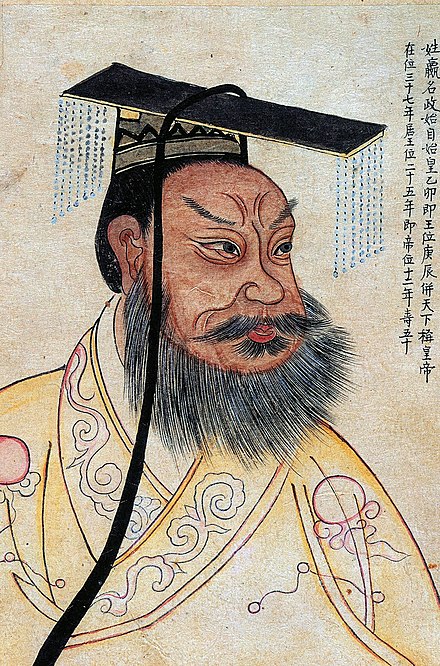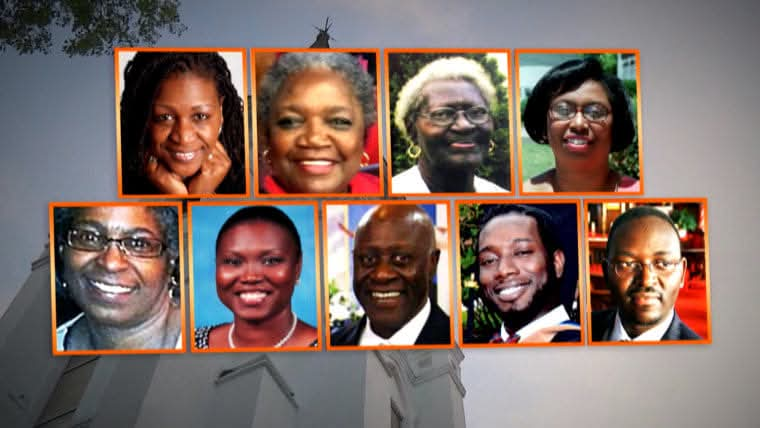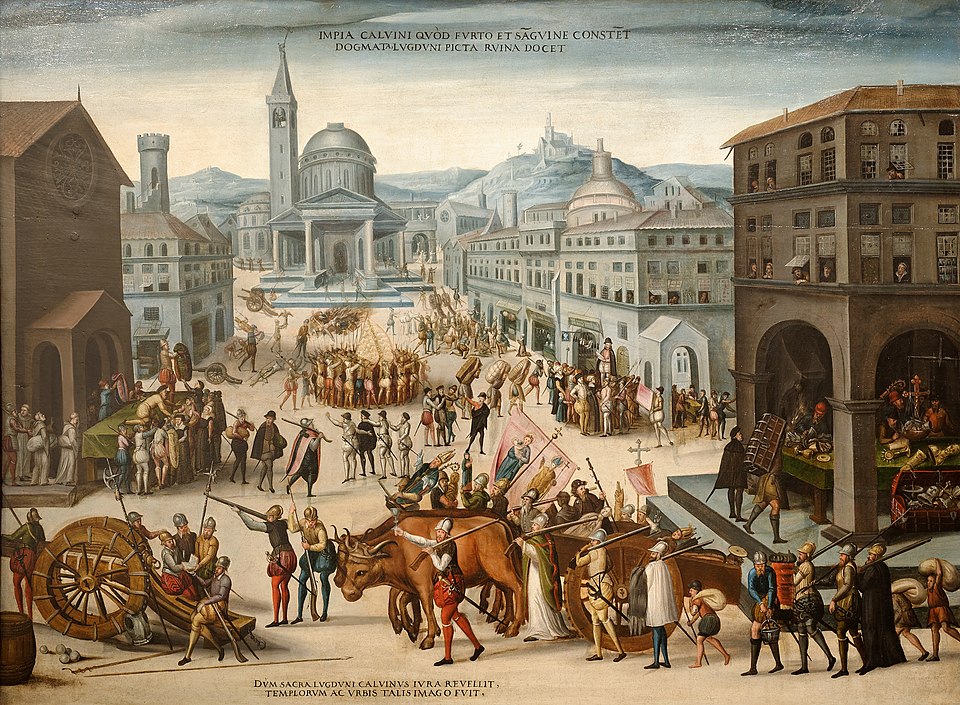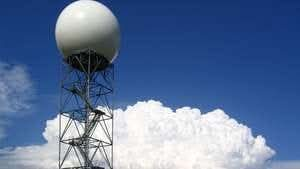QIN SHI HUANG: China's First Emperor and the Ancient Chronicles of His Tomb

Did you know that archaeologists are afraid of opening the tomb of China's first emperor, Qin Shi Huang, and that death traps and mercury poisoning are just some of the concerns facing intruders of the tomb?
Qin Shi Huang (February 259 – 12 July 210 BC, was the founder of the Qin dynasty and the first emperor of a unified China. Rather than maintain the title of "king" borne by the previous Shang and Zhou rulers, he ruled China from 221 to 210 BC as the first "emperor" of the Qin dynasty. His self-invented title "emperor" would continue to be borne by Chinese monarchs for the next two millennia.
One of the first projects which the young king accomplished while he was alive was the construction of his own tomb. In 215 BC Qin Shi Huang ordered General Meng Tian to begin its construction with the assistance of 300,000 men. Other sources suggest that he ordered 720,000 unpaid laborers to build his tomb according to his specifications. The Chinese historian Sima Qian, writing a century after the First Emperor's death, wrote that it took 700,000 men to construct the emperor's mausoleum. However, British historian John Man points out that this figure is larger than the population of any city in the world at that time and he calculates that the foundations could have been built by 16,000 men in two years.
While Sima Qian never mentioned the terracotta army, the statues were discovered in Shaanxi Province, China, by a group of farmers digging wells on 29 March 1974. While tilling the land, they unearthed a clay figure, only scratching the surface of what lay beneath. Subsequent excavations unveiled an array of pits housing thousands of life-sized terracotta army statues depicting soldiers and warhorses. This Terracotta Army seemingly served as protectors of the mausoleum of Qin Shi Huang. The mausoleum sits approximately 1,500 meters away.
The soldiers were created with a series of mix-and-match clay molds and then further individualized by the artists' hand. Han Purple was also used on some of the warriors. There are around 6,000 Terracotta Warriors and their purpose was to protect the Emperor in the afterlife from evil spirits. Also among the army are chariots and 40,000 real bronze weapons.
The main tomb (located at 34°22′53″N 109°15′13″E) containing the emperor has yet to be opened and there is evidence suggesting that it remains relatively intact. Sima Qian's description of the tomb includes replicas of palaces and scenic towers, "rare utensils and wonderful objects", 100 rivers made with mercury, representations of "the heavenly bodies", and crossbows rigged to shoot anyone who tried to break in.
The tomb was built at the foot of Mount Li, 30 kilometers away from Xi'an. Modern archaeologists have located the tomb, and have inserted probes deep into it. The probes revealed abnormally high quantities of mercury, some 100 times the naturally occurring rate, suggesting that some parts of the legend are credible. Secrets were maintained, as most of the workmen who built the tomb were killed.
Despite extensive exploration of the surrounding necropolis, the emperor's tomb remains unexplored, shrouded in intrigue for over two millennia. The foremost reason for this reluctance lies in the fear that excavations could harm the tomb, potentially causing the loss of invaluable historical insights. Presently, the only way to access the tomb involves invasive archaeological methods, fraught with the risk of irreparable damage. An illustrative example is the 1970s excavations of the city of Troy, led by Heinrich Schliemann, which, in his haste and inexperience, obliterated nearly all traces of the town he aimed to uncover. Archaeologists are determined to avoid repeating such hasty mistakes.
In pursuit of less invasive techniques, scientists have proposed methods like utilizing muons—subatomic particles created when cosmic rays collide with Earth's atmosphere. Muons function as an advanced X-ray, capable of peering into structures without physical intrusion. Regrettably, most of these proposals have yet to gain traction. However, aside from potential damage, opening the tomb presents even graver and more immediate dangers. Sima Qian, in his writing disclosed that the tomb was rigged with traps intended to thwart any intruders. Precious artifacts and an extraordinary treasure were deposited within the tomb.
"Artisans were commissioned to craft bows and arrows designed to repel any trespassers," Sima Qian elucidated. Even if these 2,000-year-old archaic weapons were to fail, the historian asserted that a deluge of toxic liquid mercury awaited those who dared to desecrate the tomb. While this might sound like a fictitious threat, scientific studies examining mercury levels around the grave have uncovered concentrations significantly higher than one would expect in ordinary soil.
A 2020 paper posits, "Highly volatile mercury may have seeped through cracks that developed over time in the tomb's structure, corroborating the accounts found in ancient chronicles that claim the tomb was never opened or looted." The tomb of Qin Shi Huang remains sealed and inaccessible, though far from forgotten. Researchers hope that scientific advancements may finally unveil the tomb's long-guarded secrets.
As for the emperor himself, a considerable portion of his life was dedicated to pursuing a legendary elixir of immortality—a quest many believed in fervently. He embarked on extensive journeys searching for this mythical potion, even dispatching a unique expedition to locate a legendary island rumored to hold vast quantities of this miraculous elixir. Seeing himself as a deity and coveting eternal life, he resorted to consuming a concoction of mercury, hoping it would confer immortality. Ironically, this potion proved to be his undoing, resulting in his demise at 50 after a 37-year reign.
Sources: Wikipedia | The Jerusalem Post
#penglobalhistory



